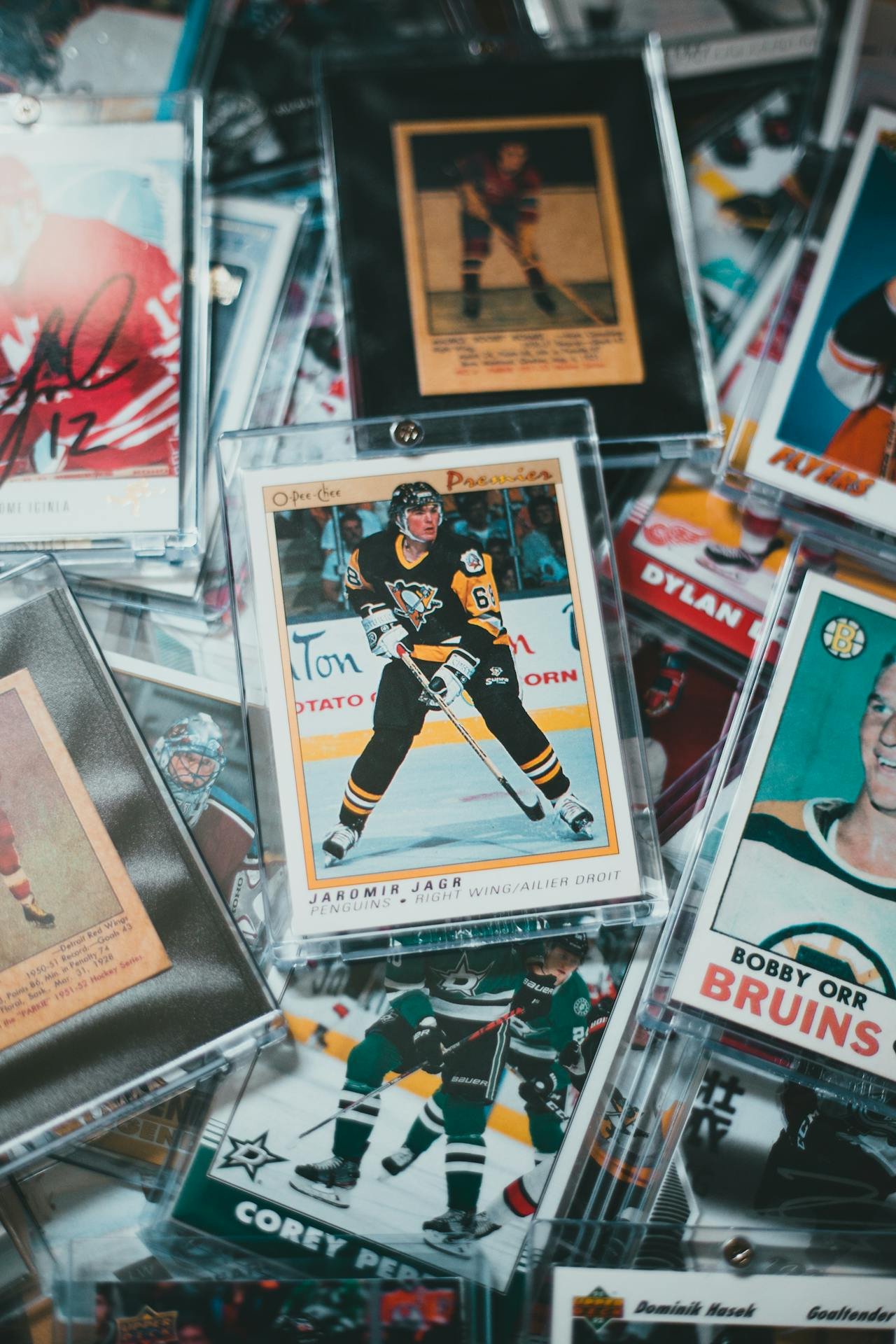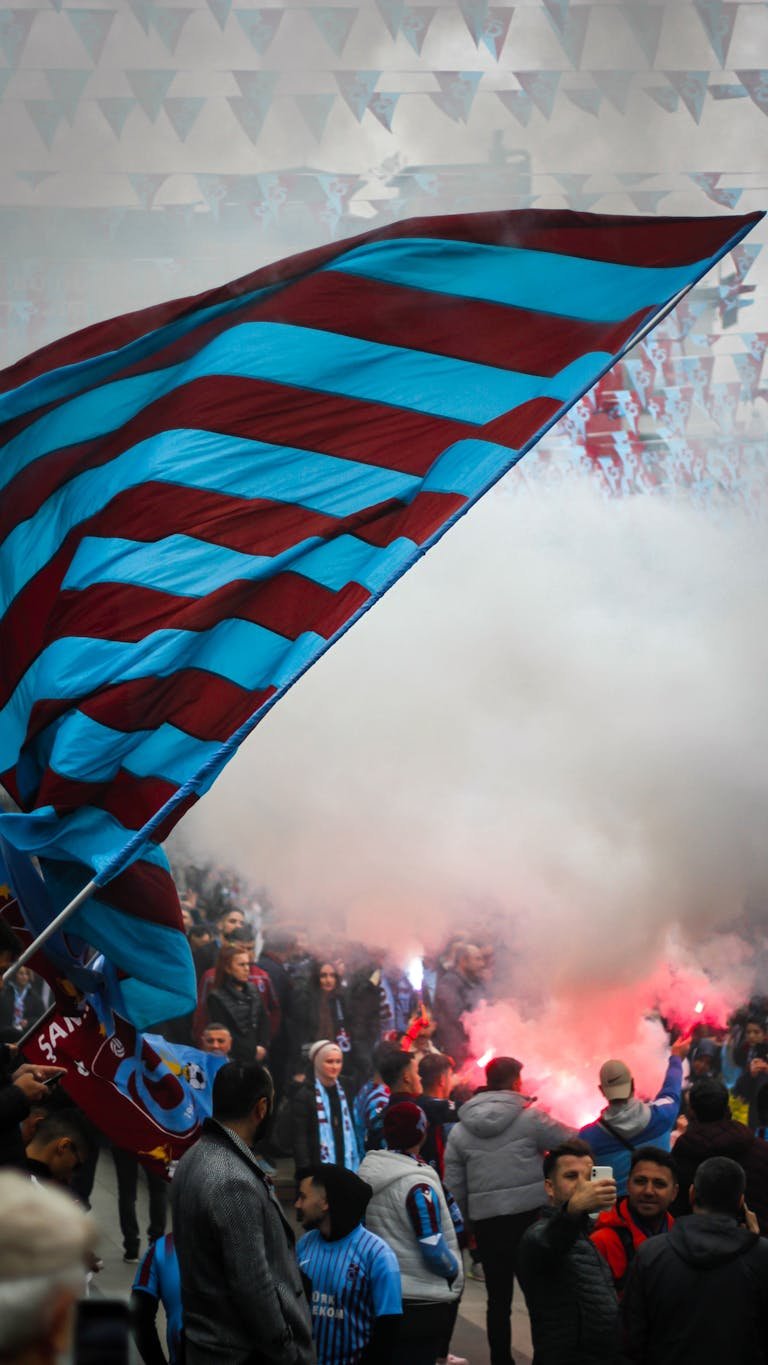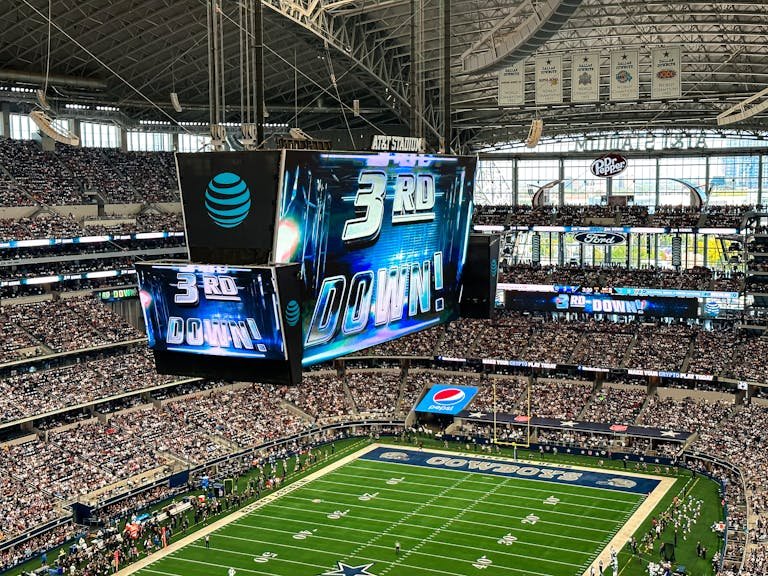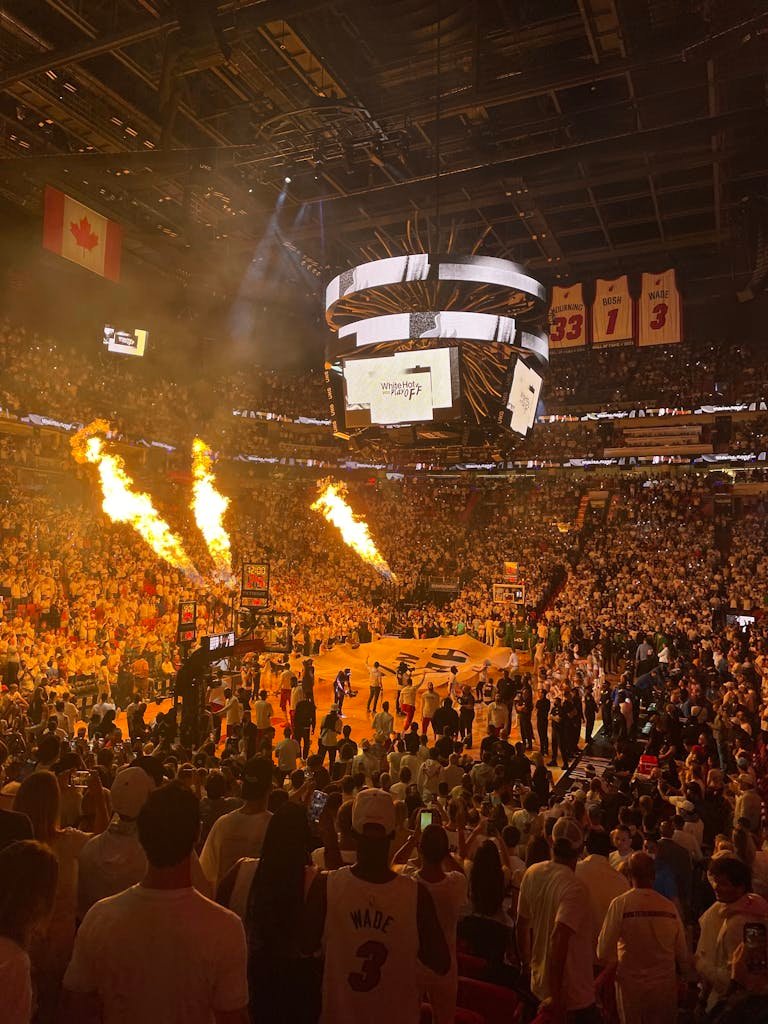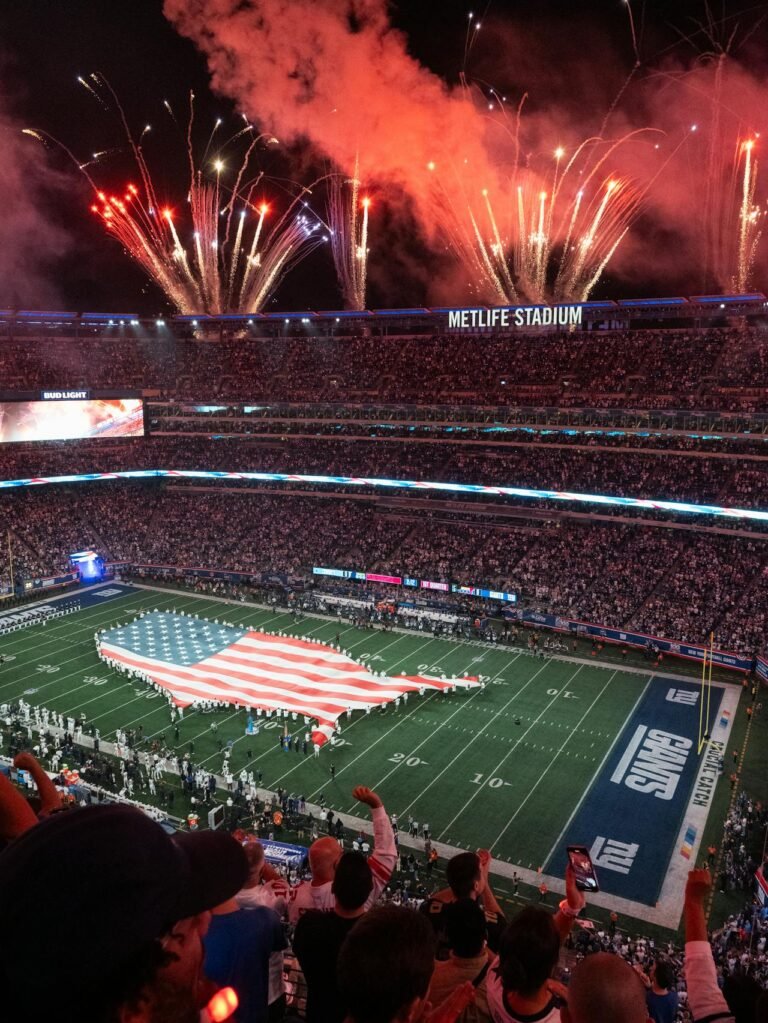Top 10 Greatest Moments in NHL History
Greatest Moments in NHL History
National Hockey League
The National Hockey League (NHL) was established on November 26, 1917, in Montreal, Quebec, as a successor to the National Hockey Association (NHA), which had disbanded due to internal conflicts. Initially composed of four Canadian teams, the NHL quickly grew in popularity, expanding into the United States in 1924 with the addition of the Boston Bruins. The league has since evolved into one of the premier professional sports organizations in North America, featuring 32 teams across the U.S. and Canada. Over its history, the NHL has become known for its fast-paced, hard-hitting gameplay and has produced some of the greatest athletes in sports history, such as Wayne Gretzky, Gordie Howe, and Bobby Orr. The league’s deep-rooted traditions, legendary rivalries, and iconic moments have made hockey a beloved sport for millions of fans around the world. Check out some of the Greatest moments in NHL history.
Top 10 Greatest Moments in NHL History
- The Miracle on Ice – 1980 Winter Olympics
On February 22, 1980, at the Lake Placid Winter Olympics, the underdog U.S. men’s hockey team faced the heavily favored Soviet Union during the Cold War era. The Soviets were four-time defending Olympic champions.
Trailing 3-2 entering the third period, the U.S. team scored two goals to take the lead. Goalie Jim Craig made several critical saves to keep the Soviets at bay, and the Americans won 4-3, advancing to the gold medal game.
The Soviet team had outshot the U.S. 39-16, yet the U.S. capitalized on their chances.
The “Miracle on Ice” became a symbol of American resilience and teamwork, inspiring the country and propelling the popularity of hockey in the U.S. The U.S. team went on to win the gold medal, and the moment is still regarded as one of the greatest upsets in sports history.
- Bobby Orr’s Flying Goal – 1970 Stanley Cup Finals
On May 10, 1970, Game 4 of the Stanley Cup Finals featured the Boston Bruins against the St. Louis Blues. The Bruins were looking to capture their first championship in 29 years.
Early in overtime, Bobby Orr took a pass from teammate Derek Sanderson and shot the puck into the net while being tripped by Blues defenseman Noel Picard. Orr famously soared through the air as the puck hit the back of the net, securing a 4-3 win and the Stanley Cup for the Bruins.
Orr’s overtime goal clinched the Bruins’ 4-0 series sweep and earned him the Conn Smythe Trophy as playoff MVP.
Orr’s flying goal is one of the most iconic images in hockey history. His performance redefined the role of defensemen in the NHL and remains a timeless moment for Bruins fans and the sport.
- Wayne Gretzky’s 50 Goals in 39 Games – 1981
On December 30, 1981, Wayne Gretzky of the Edmonton Oilers was closing in on Maurice “Rocket” Richard’s record of 50 goals in 50 games.
Gretzky exploded for five goals in a single game against the Philadelphia Flyers, reaching the 50-goal mark in just 39 games. His final goal was an empty-netter in the dying moments, securing his place in the record books.
Gretzky shattered the previous record of 50 goals in 50 games and went on to score 92 goals that season, setting another NHL record.
Gretzky’s achievement cemented his status as “The Great One” and remains one of the most remarkable individual milestones in sports. His offensive dominance reshaped the NHL during the 1980s.
- Mario Lemieux’s 5 Goals, 5 Ways – 1988
On December 31, 1988, Mario Lemieux of the Pittsburgh Penguins accomplished one of the most unique feats in NHL history during a game against the New Jersey Devils.
Lemieux scored five goals in five different ways: even strength, power play, short-handed, penalty shot, and empty net, leading the Penguins to an 8-6 victory.
Lemieux’s five-goal performance remains unmatched in the variety of ways they were scored.
This game showcased Lemieux’s versatility and scoring prowess, solidifying his place as one of the greatest players in NHL history.
- Paul Henderson’s Summit Series Winning Goal – 1972
The 1972 Summit Series pitted Canada’s best NHL players against the Soviet Union’s top hockey talent in an eight-game series. Both teams were tied going into Game 8.
With 34 seconds left in the final game, Paul Henderson scored the game-winning goal, breaking a 5-5 tie and giving Canada a 6-5 victory in the series.
Henderson scored seven goals in the series, including the game-winners in the final three games.
Henderson’s goal became a defining moment in Canadian sports history, symbolizing national pride and Canada’s enduring love for hockey. The Summit Series is still celebrated as one of hockey’s greatest international matchups.
- Mark Messier’s Guarantee – 1994 Eastern Conference Finals
The New York Rangers were down 3-2 to the New Jersey Devils in the 1994 Eastern Conference Finals. Facing elimination, Rangers captain Mark Messier made a bold guarantee that his team would win Game 6.
Messier backed up his words by scoring a natural hat trick in the third period, leading the Rangers to a 4-2 victory and forcing a Game 7, which the Rangers eventually won en route to their first Stanley Cup in 54 years.
Messier scored 3 goals and added 1 assist in the decisive Game 6 performance.
Messier’s leadership and guarantee became legendary, further elevating his reputation as one of hockey’s greatest captains. The Rangers went on to win the Stanley Cup, fulfilling Messier’s prophecy.
- Steve Yzerman’s Double-Overtime Goal – 1996 Western Conference Semifinals
In Game 7 of the 1996 Western Conference Semifinals, the Detroit Red Wings faced off against the St. Louis Blues in a tense series-decider.
In double overtime, Red Wings captain Steve Yzerman intercepted a pass at center ice and fired a slap shot from the blue line, beating Blues goalie Jon Casey and sending Detroit to the Western Conference Finals.
Yzerman’s goal came at 1:15 of double overtime and ended the Blues’ playoff run.
Yzerman’s goal remains one of the most famous in NHL playoff history, solidifying his reputation as a clutch performer and one of the Red Wings’ all-time greats.
- Patrick Roy’s “Wink” – 1993 Stanley Cup Finals
In Game 2 of the 1993 Stanley Cup Finals, the Montreal Canadiens faced the Los Angeles Kings. Canadiens goalie Patrick Roy was in top form during the series.
After making a spectacular glove save on a hard shot from Tomas Sandstrom, Roy famously “winked” at him, displaying supreme confidence. Roy’s dominant performance helped Montreal win the game 3-2 in overtime.
Roy made 39 saves in Game 2 and was named the Conn Smythe Trophy winner as playoff MVP.
Roy’s “wink” became a symbol of his confidence and his status as one of the greatest goalies in NHL history. The Canadiens went on to win the Stanley Cup, their last championship to date.
- Sidney Crosby’s Golden Goal – 2010 Winter Olympics
On February 28, 2010, Canada faced the U.S. in the gold medal game of the Winter Olympics in Vancouver. The game was tied 2-2 heading into overtime.
In overtime, Sidney Crosby called for the puck, took a pass from Jarome Iginla, and shot it past U.S. goalie Ryan Miller, giving Canada a 3-2 victory and the gold medal.
Crosby’s goal came at 7:40 of overtime, securing Canada’s second consecutive Olympic gold in men’s hockey.
“The Golden Goal” became a defining moment in Canadian sports history, with Crosby’s heroics immortalized in the nation’s hockey legacy.
- Gordie Howe’s Final Goal – 1980
In 1980, at the age of 52, Gordie Howe played his final NHL season with the Hartford Whalers. He was already a legend with a career spanning five decades.
Howe scored his final NHL goal on April 6, 1980, against the Montreal Canadiens, marking his 801st career goal. The game ended in a 3-3 tie.
Howe finished his career with 801 goals and 1,850 points in the NHL, both records at the time.
Gordie Howe’s longevity and productivity at the age of 52 remain unparalleled in professional sports. He is still celebrated as one of the greatest and most enduring players in hockey history.
These top 10 moments capture the excitement, drama, and history of the NHL. Each moment helped shape the legacy of the league, its players, and its place in the world of sports.

